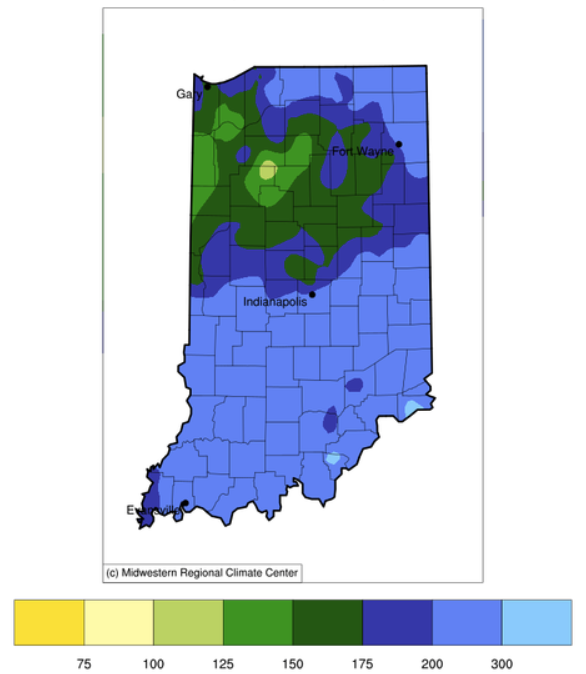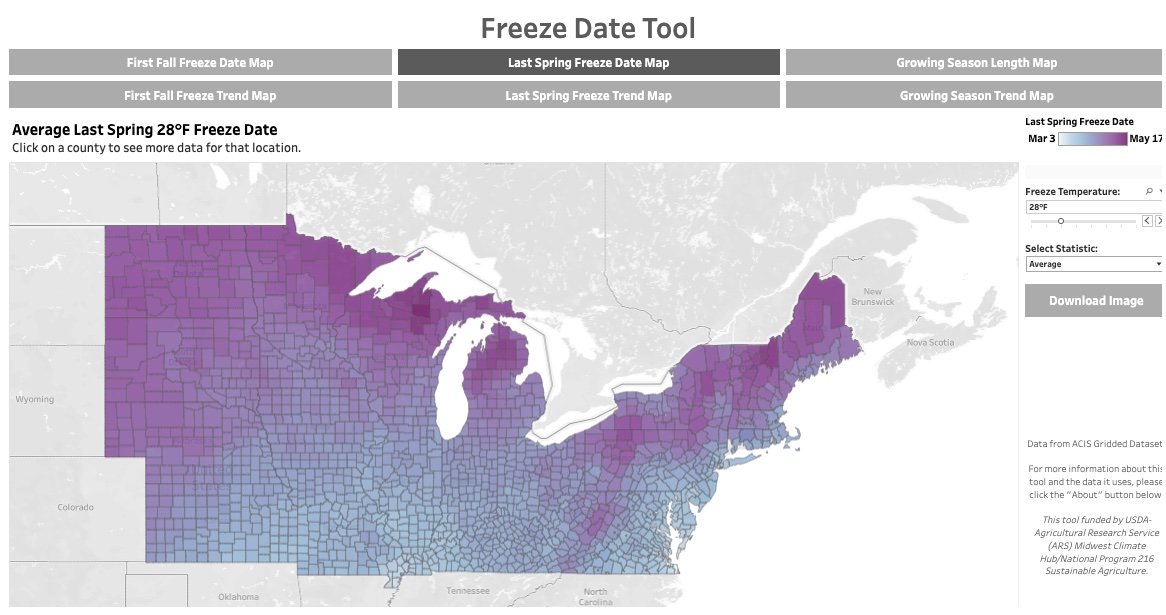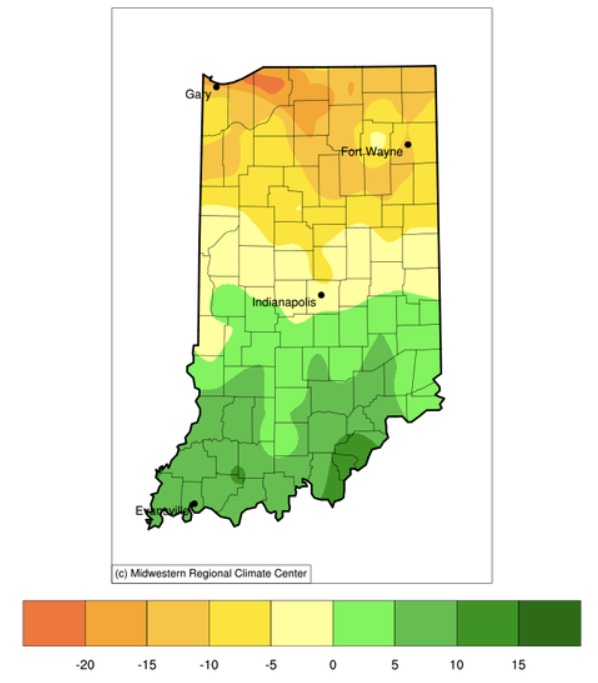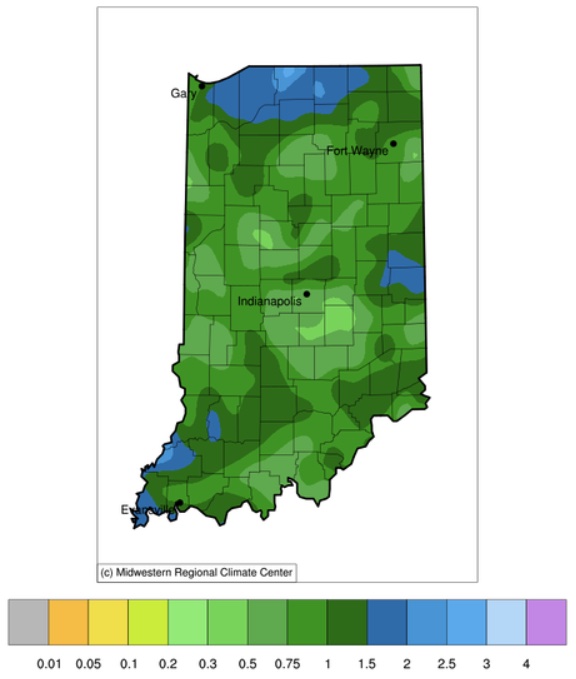
Southern Indiana took the lion’s share of precipitation in April with some locations getting over twice the amount of rain than normal for that month.


Southern Indiana took the lion’s share of precipitation in April with some locations getting over twice the amount of rain than normal for that month.

What do you think of when you hear the word climate? I would guess answers would range from ‘average weather conditions’ to ‘hot, muggy summers’ to ‘climate change’ to ‘environmental policies and politics’. What a range! Fields of climate can vary from paleoclimate studies (e.g., ice cores and tree rings), to applied climate science (e.g., architectural design and vector-borne diseases like West Nile Virus and Malaria), to climate modeling (e.g., lots of physical equations and computers), to climate change (e.g., ‘but the polar bears, Daddy!’), to climate services (e.g., data translated into information). Among all this diversity, the common thread is the consideration and correlations of what has occurred in our atmosphere historically to better understand and prepare for current and future decisions. Since the late 1800s, our country has had an organized effort to collect observational data (e.g., temperature and precipitation) at hundreds of locations so we can monitor[Read More…]

There is the common adage “April showers bring May flowers”. Apparently, Mother Nature utilized a rather liberal definition of “showers” last weekend and the end of last week by dumping over seven inches of rain in southern Indiana.

Indiana has already experienced several tornadoes this year with more certainly to come. Of course, this is not unusual since Indiana is often considered on the far northeastern edge of “Tornado Alley”.

If one looks at the latest U.S. Drought Monitor map for Indiana (Figure 1), one might scratch their head – particularly as it has been raining and the chance for severe weather is in the forecast for this weekend.

It happens every year. A warm wave moves into the area, and I immediately get the urge to run to the nursery and start planting for the spring. Of course, there is another little voice inside my head warning me to not fall for it. There are plenty of other things I can do outside to start prepping for spring. Perhaps I’m just anxious to liven things up a bit; break out of the winter hibernation. This past week was certainly one of those weeks. Are we passed the point of having any more freeze events? When does the last freeze event typically occur for my area? For curious readers, the Midwestern Regional Climate Center has a tool – the Freeze Date Tool (https://mrcc.purdue.edu/freeze/freezedatetool) – that can help answer this question (Figure 1). Utilizing historical observation data that has been gridded to the county level, users can select their temperature[Read More…]

Indiana has had its fair share of very cold temperatures this winter.

While our daytime highs across the state were in the upper 70s, our nighttime lows have been in the 30s (even into the upper 20s) in some places.

While our entire state did not receive the amount of rain from the remnants of Hurricane Helene compared to other states, most of Indiana did receive at least an inch of precipitation over the past few weeks with some southern counties receiving over five inches (Figure 1).

From September 19th through 25th, Indiana was fortunate to receive between a quarter inch to almost three inches of precipitation (Figure 1).
© 2025 Purdue University | An equal access/equal opportunity university | Copyright Complaints | Maintained by Pest&Crop newsletter
If you have trouble accessing this page because of a disability, please contact Pest&Crop newsletter at luck@purdue.edu.